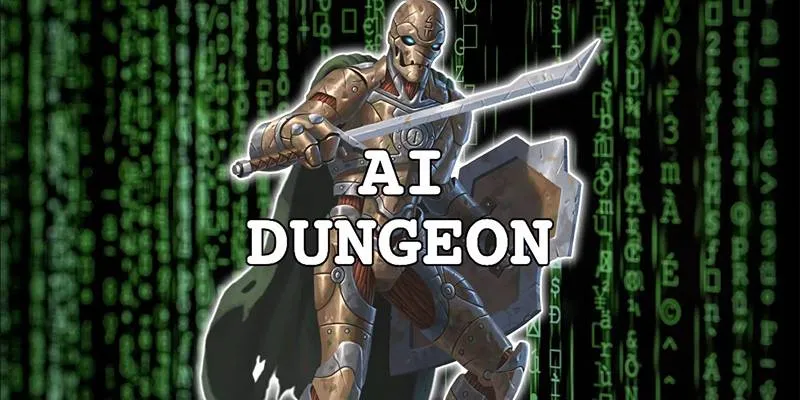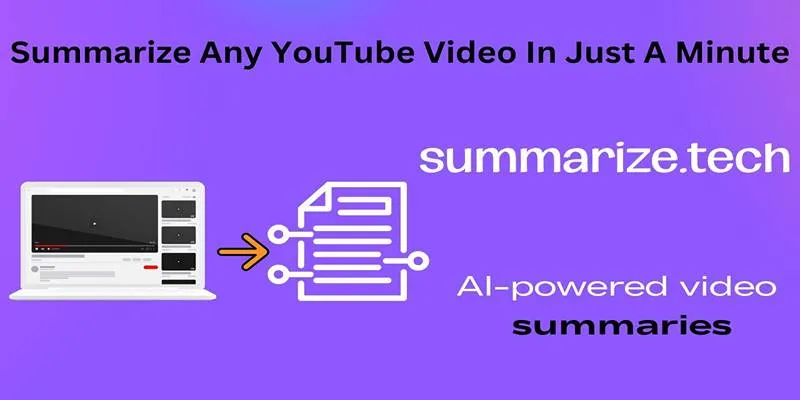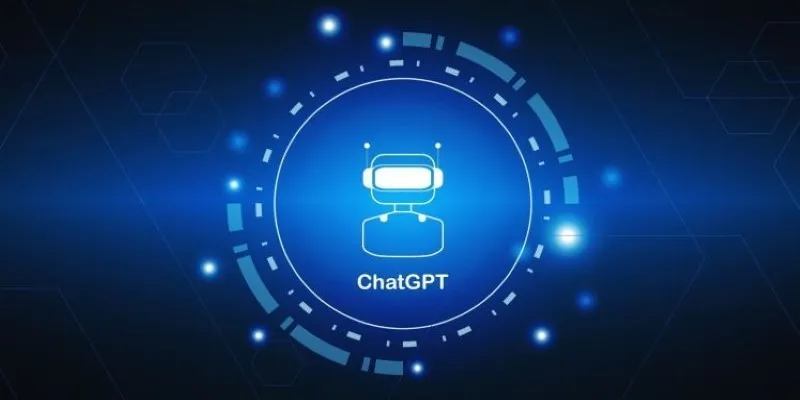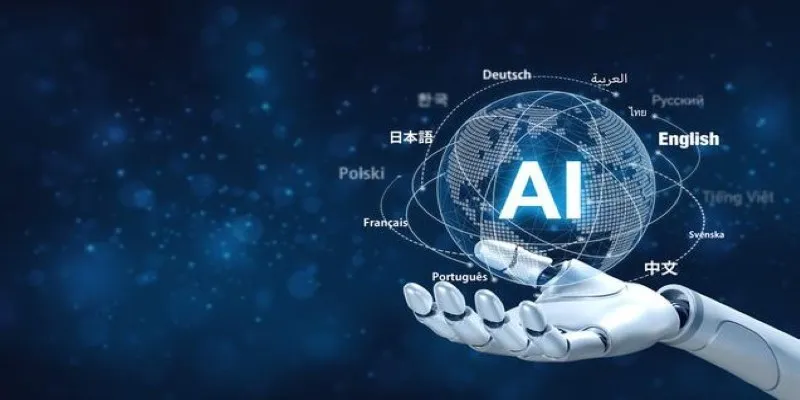We’ve all heard of ChatGPT, Midjourney, or Copilot—tools that have become the face of the modern AI boom. But beyond the headlines and viral demos lies an expanding universe of lesser-known AI tools offering equally compelling, often quirky, and surprisingly practical experiences.
These aren’t your typical productivity boosters or enterprise-level AI systems. Instead, these apps focus on creativity, play, and personalization—giving users more control over storytelling, music, design, and more.
If you’re curious about what AI can do outside the mainstream, here are 6 unique AI apps that bring a fresh perspective to the world of generative tools.
1. Ditto Music: AI-Powered Music Distribution and Mastering
Use it for: Distributing your music and enhancing tracks with AI mastering tools.
Unlike traditional AI music generators, Ditto Music doesn’t help you create songs from scratch—but it does everything else. It’s one of the few platforms that combines music distribution, AI mastering, and metadata customization in a single tool.
With Ditto, you can:
- Upload your own tracks and polish them using AI mastering.
- Change metadata, including artist names and release dates.
- Schedule global releases across Spotify, Tidal, Amazon, Shazam, and more.
- Design custom artwork and select genres and languages.
If you’re a DIY musician or part of a small creative team, Ditto offers a streamlined way to go from studio to streaming services without any complex setups. Think of it as the AI-powered record label in your pocket.
2. AI Dungeon: The Text Adventure That Never Ends

Use it for: Creating custom, interactive stories in real time.
Remember those old-school text adventure games where you typed in commands like “go north” or “pick up sword”? AI Dungeon takes that idea and supercharges it with generative storytelling.
You start by choosing a genre (fantasy, cyberpunk, apocalypse, etc.), a character, and a scenario. From there, the game unfolds based entirely on your prompts. You can:
- Say things
- Do actions
- Add to the story
- Or let the AI take creative liberties
Unlike fixed games with set paths, AI Dungeon evolves based on your imagination. Whether you’re exploring alien worlds or crafting a noir detective tale, the story can go literally anywhere.
It’s especially fun for writers or role-playing enthusiasts who enjoy world- building—and it’s far more dynamic than anything a traditional choose-your- own-adventure book could offer.
3. ColorMagic: Generate the Perfect Color Palette with AI
Use it for: Creating mood-based color palettes with the help of prompts.
Color theory can be tricky—even for experienced designers. That’s where ColorMagic comes in. Instead of guessing which hues complement each other, you simply describe the theme or emotion you want, and the AI creates a palette that matches it.
For example:
- Input: “I need a palette for a cozy autumn cafe logo.”
- Output: A curated mix of browns, oranges, and muted golds—with hex codes included.
Whether you’re designing a brand identity, building a website , or just decorating your living room, ColorMagic removes the guesswork and delivers emotionally-aligned colors with zero design experience required.
Bonus: If you don’t love your first result, just hit regenerate for a fresh take.
4. OpenArt Image Blender: AI-Powered Visual Mashups
Use it for: Blending multiple images into one cohesive piece of AI art.
Ever wanted to merge two completely different photos—say, a city skyline and a forest—and have it actually look good? OpenArt Image Blender lets you do exactly that.
With OpenArt:
- You can upload your own photos or choose from a preloaded library.
- Use sliders to control how much influence each image has.
- Add descriptive prompts to steer the outcome (“surreal, dreamy vibe” or “sci-fi mashup”).
- Choose up to 2 images on the free plan, and up to 32 with premium.
It’s like Photoshop for people who don’t want to spend hours in Photoshop. The results are surprisingly professional and can be used for posters, profile pics, or just social fun. Best of all, you don’t need any artistic background to use it.
5. LingoSwap: Rewriting Texts in the Style of Celebrities and Characters
Use it for: Rewriting anything—from tweets to poems—in unique, funny voices.
LingoSwap is part translator, part impersonator. It lets you take any text and rewrite it in the voice of a celebrity, fictional character, or historical figure. Think: your favorite tweet rewritten by Shakespeare, or your grocery list voiced by Homer Simpson.
Characters currently supported include:
- Spongebob SquarePants
- Elon Musk
- Shakespeare
- Donald Trump
- The Rock (Dwayne Johnson) …and more.
You can even input your own character for more variety (though results may vary in accuracy). It’s a fun, often hilarious way to breathe new life into your content—and it’s great for meme lovers, social media creators, or teachers trying to spice up lessons.
6. Summarize.tech: Condense YouTube Videos into Text Summaries

Use it for: Quickly understanding long videos without watching them.
Sometimes, you just don’t have 45 minutes to watch a YouTube video—no matter how good the content is. That’s where Summarize.tech steps in.
You simply paste the video URL, and the AI produces a detailed, timestamped summary of the content. It’s especially handy for:
- Educational lectures
- Long podcast episodes
- Industry panels or tech explainers
- Online courses
Free users can summarize up to five minutes at a time, while premium accounts unlock longer durations. This is a must-have if you’re a student, researcher, or knowledge junkie trying to stay efficient in the age of infinite content.
Conclusion
AI doesn’t always have to be groundbreaking or intimidating—it can be playful, niche, and even silly. These lesser-known tools prove that innovation isn’t limited to the biggest names in tech. In fact, some of the most creative AI experiences come from smaller apps solving unusual problems.
Whether you’re a storyteller, a musician, a designer, or just someone curious about what AI can really do, these apps offer a great place to explore. They’re not trying to replace your job or change the world—they’re here to enhance your creativity, spark joy, and show just how flexible AI can be.
So, next time you’re looking for something new in your AI toolkit, skip the usual suspects and give these hidden gems a try.
 zfn9
zfn9






















